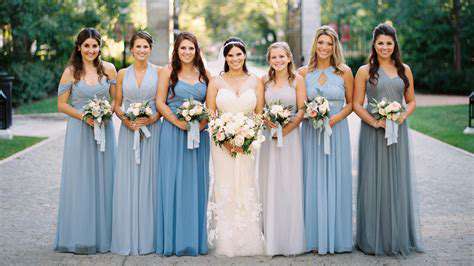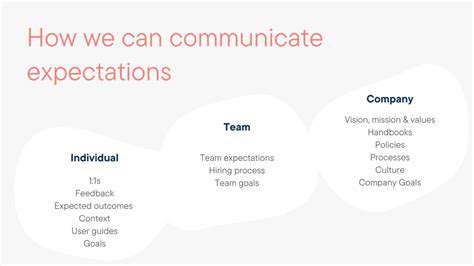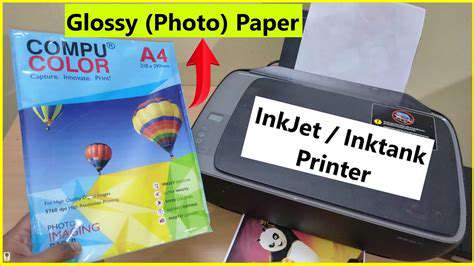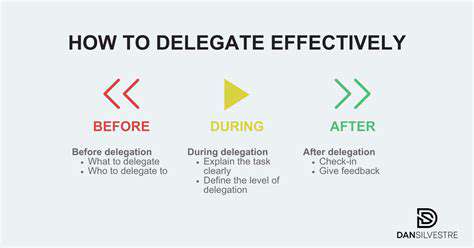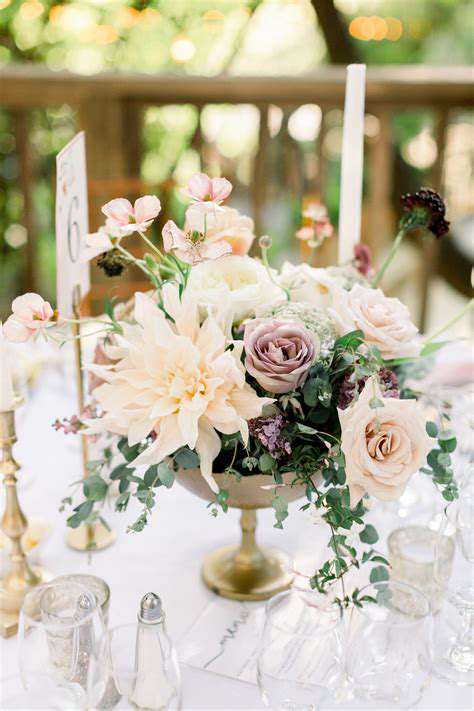Ultimate Wedding Planning Guide for Busy Couples
Setting Realistic Expectations
Planning a wedding often feels like navigating a maze of choices, each more dazzling than the last. Society bombards couples with images of flawless celebrations, but the truth is, perfection doesn't exist. What matters most is creating a day that authentically represents you as a couple. Begin by having frank discussions about your financial limits, available time, and how involved each partner wants to be in the planning. These early conversations lay the groundwork for a smoother journey ahead.
Resist the temptation to handle every detail personally or chase every wedding trend. Identify the three elements that matter most to you both - whether it's gourmet food, stunning photography, or an unforgettable dance party - and focus your energy there. For other tasks, don't hesitate to ask for help. Your cousin who loves arranging flowers might jump at the chance to handle centerpieces, or your tech-savvy friend could manage the RSVP website.
Budgeting and Timeline Management
Money matters can make or break your wedding experience. Start by listing all potential expenses - from the obvious (venue, catering) to the easily overlooked (marriage license fees, vendor meals). Allocate 10-15% of your total budget for unexpected costs - trust me, they will appear. When comparing vendors, look beyond price tags; consider what's included and read reviews carefully.
Time management proves equally crucial. Break the planning into phases: twelve months out for big bookings (venue, photographer), six months for attire and invitations, three months for final details. Use tools like shared Google calendars or Trello boards to track progress. Schedule weekly 30-minute planning check-ins with your partner to stay aligned without letting wedding talk dominate your relationship.
Guest List and Invitations
Compiling your guest list requires delicate diplomacy. Begin by separately listing your must-have attendees, then compare notes. A helpful rule: if you haven't spoken to someone in a year, they probably don't need an invitation. Remember, each additional guest affects your budget exponentially - not just for meals, but also for centerpieces, favors, and space requirements.
When designing invitations, think beyond paper. Many couples now create wedding websites with all the details (accommodations, registry, schedule) and send simple cards directing guests online. This approach saves money and makes updates easier. Whatever format you choose, send invitations 8-10 weeks before the wedding, with RSVPs due 3-4 weeks prior to give you time for seating charts and final counts.
Venue Selection and Vendor Management
Your venue sets the stage - literally - for your entire celebration. Beyond capacity and aesthetics, consider practicalities: Is there adequate parking? What's the rain plan for outdoor spaces? Visit top contenders at the same time of day as your event to see the natural lighting and ambiance. Ask about restrictions (candle policies, noise ordinances) that could impact your vision.
When hiring vendors, chemistry matters as much as credentials. The photographer who makes you laugh during your engagement session will capture more natural smiles on your big day. Always review full contracts before signing, paying special attention to cancellation policies and overtime fees. Create a shared email folder for all vendor communications to stay organized.
Contingency Planning and Relaxation
Even the best-laid plans encounter hiccups. Designate a trusted friend or hire a day-of coordinator to handle emergencies so you can stay present. Pack an oh crap kit with essentials like stain remover, safety pins, and pain relievers. For outdoor events, have a tent or indoor backup ready weeks in advance.
Amidst the planning frenzy, protect your relationship. Schedule regular date nights with a strict no wedding talk rule. Consider premarital counseling - not because you have problems, but to strengthen your foundation before the big transition. Remember, this celebration marks the beginning of your marriage, not the culmination of your relationship.

Streamlining Your Guest List and Venue Selection
Guest List Management: A Crucial First Step
Creating your guest list resembles sculpting - you start with a block of possibilities and carefully chip away until the perfect shape emerges. The number of attendees directly influences nearly every other decision, from venue size to cake dimensions. Adopt the tiered invitation approach: send save-the-dates to your A-list first, then fill any declines with B-list guests as needed.
Digital tools simplify the process tremendously. Platforms like Zola or The Knot allow you to track RSVPs, meal choices, and even create seating charts. Assign one person from each family to handle their side's invitations - this distributes the emotional labor of managing expectations from distant relatives.
Venue Selection: Finding the Perfect Space
Your venue should reflect your personalities as much as your wedding attire. Love the outdoors? Consider botanical gardens or vineyards. Foodies might prefer a restaurant with an exceptional kitchen. Visit venues with your photographer if possible - they'll identify the best lighting and backdrop opportunities you might miss. Don't overlook unconventional spaces like museums, libraries, or even family properties that could become magical with the right decor.
Budgeting for Your Guest List and Venue
The 50/20/30 rule provides helpful guidance: allocate 50% of your budget to venue and catering, 20% to photography/videography, and 30% to remaining expenses. Negotiate with vendors for off-peak discounts - Saturday evenings in June command premium prices, while Friday afternoons in November often come at significant savings. Always ask what's included; a venue providing tables, linens, and staff might cost less overall than a bare space requiring rentals.
Catering Considerations: Food for Thought
Modern couples are moving beyond the standard chicken-or-fish dilemma. Food stations or family-style service encourage mingling and often cost less than plated meals. Consider local specialties or family recipes to add personal touches. For dessert lovers, a small display cake for photos paired with sheet cakes for serving combines tradition with practicality.
Entertainment and Activities: Keeping Guests Engaged
Entertainment sets the tone for your reception. A talented DJ reads the room better than any playlist, adjusting energy levels to keep all generations dancing. For quieter moments, lawn games or a photo booth with props entertain guests while creating keepsakes. If children will attend, designate a kid zone with activities to keep them happily occupied.
Transportation and Accommodation: Logistics for Guests
Think like a concierge for your out-of-town guests. Reserve room blocks at multiple price points to accommodate different budgets. Provide clear transportation instructions - a shuttle from the hotel prevents parking headaches and ensures everyone arrives safely. For destination weddings, create welcome bags with local treats, schedules, and emergency contacts to help guests feel oriented.


Read more about Ultimate Wedding Planning Guide for Busy Couples
Hot Recommendations
- Step by Step Guide to Creating a Memorable Wedding Experience
- Expert Advice on Planning a Wedding with Family Traditions
- How to Organize a Destination Wedding That Reflects Your Style
- How to Choose the Perfect Wedding Venue for Your Style
- Expert Tips for Choosing Wedding Decor That Elevates Your Event
- How to Plan a Timeless Wedding with Modern Flair
- How to Create a Detailed Wedding Plan That Covers Every Detail
- How to Choose the Right Wedding Music for Every Moment
- Step by Step Guide to Crafting Personalized Wedding Themes
- How to Plan a Sustainable Wedding with Eco Friendly Ideas
